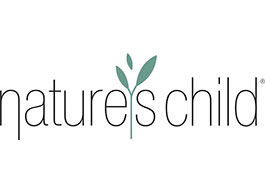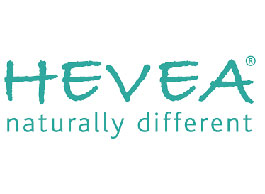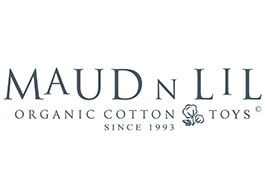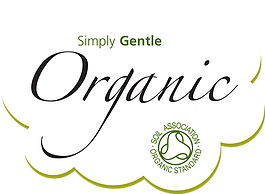Doctor William Sears devotes one whole chapter to the benefits of ‘babywearing’ in his book “The Baby Book”. He says in his book “if we were stranded on a deserted island without the advice of baby books, doctors, psychologists and in-laws… you would care for your child instinctively – breastfeeding, holding and carrying your baby during the day and sleeping with your baby at night”.
Baby wearing is hailed as the single most important factor in the healthy physical, intellectual and social development of infant by baby health researchers and physicians.
In our culture, there is currently a resurgence of an ancient practice called attachment parenting. Still widely practiced, mostly in non-western countries, attachment style parenting is an instinctive way of raising an infant where the baby is carried close to the parent in a sling or pouch for a substantial period of the day, fed when hungry and comforted when distressed. This method of parenting allows a busy parent the freedom to continue their normal daily routine while still able to meet their infant’s essential needs for food, warmth and security.
Social conditioning has led parents to believe that if a baby is held or carried too much they will be ‘spoilt’, ‘clingy’ or ‘demanding. Modern Research reveals quite the opposite. Physical and physiological benefits associated with babywearing encourage children to feel secure and content with a solid state of self-esteem.
With modern living, the invention of the telephone and faster transportation, families spread out and nuclear families replaced the extended one, leaving the task of raising children generally to one person – the mother. Of course the sooner babies could sleep alone, feed themselves and soothe themselves, the easier it was… and so was the beginning of denial of infancy as a time of deep dependency.
The famous ’behaviourist,’ John Watson, led the movement toward ‘detached’ parenting. Mothers were told “hold your babies too much and later they will hold on. Let them cry it out and they will become self reliant; hardy…” – the qualities necessary to survive in a competitive world. The following excerpt form his 1938 book ‘The Psychological Care of the Newborn’ reveals the severity of his views which shaped our parents and grandparents upbringing. “Never hug and kiss them, never let them sit on your lap. If your must, kiss them once on the forehead when they say goodnight.”
In one fell swoop, these anti–touch ‘experts’ denounced the womb comforts that have served babies for eons. Deprived of necessary holding, warmth, rocking and sucking, babies spent long periods hungry and frustrated, and parents turned form being a source of loving comfort to one of frequent frustration.
Anyone who has ever been to Indonesia, South America or Africa where these traditional styles of parenting are still practised, would have noted something very unusual. The babies rarely cry and they are usually attached to a busy working parent. By age 3 or 4 these children take an active roll in the family chores and the caring of other babies. Responsibilities we would rarely leave to our children.
Attachment parenting works because it respects the individual temperament of the child. All babies come hardwired for survival with certain needs and the ability to give cues about what these needs are. The parents, by being open to the child’s cues, learn how to read them and respond appropriately. The response helps the child feel right. He learns to cue better and parents learn to respond better. A cue-giving child and a responsive parent bring out the best in each other. On the other hand, detachment parenting with its restrained responses brings out the worst in both. The child’s cries become more disturbing and parents become angrier. Baby and parent learn not to trust each other and eventually become insensitive to each other.
There is a wonderful website called the Marni Co. Collection which has an article called “43 Reasons to Carry a Baby”. In it she lists benefit after benefit for babies who are carried and touched frequently. From lowering stress hormones, enhancing motor development, balance, co-ordination, reduced crying and colic, strengthened immune system, aiding digestion, sleeping deeper and learning better – these are just a fraction of the benefits for the baby not to mention the benefits for the mother.
As humans we are all born premature. We are completely reliant on our parents to provide us with life giving nourishment for many months. Providing our infants with the richest environment to grow and learn is a simple matter of holding them as you go about your day. As their parent we are the only experts worth trusting when it comes to knowing what is best for our child. All we need to do is listen to our heart.
There is no place more wonderful for a baby to thrive than in their parents’ loving arms.
Suzanne is co-creator of the wonderful baby carrier Hug-a-bub and is very passionate about the reasons we ‘wear’ our babies, as well as her own creations.


